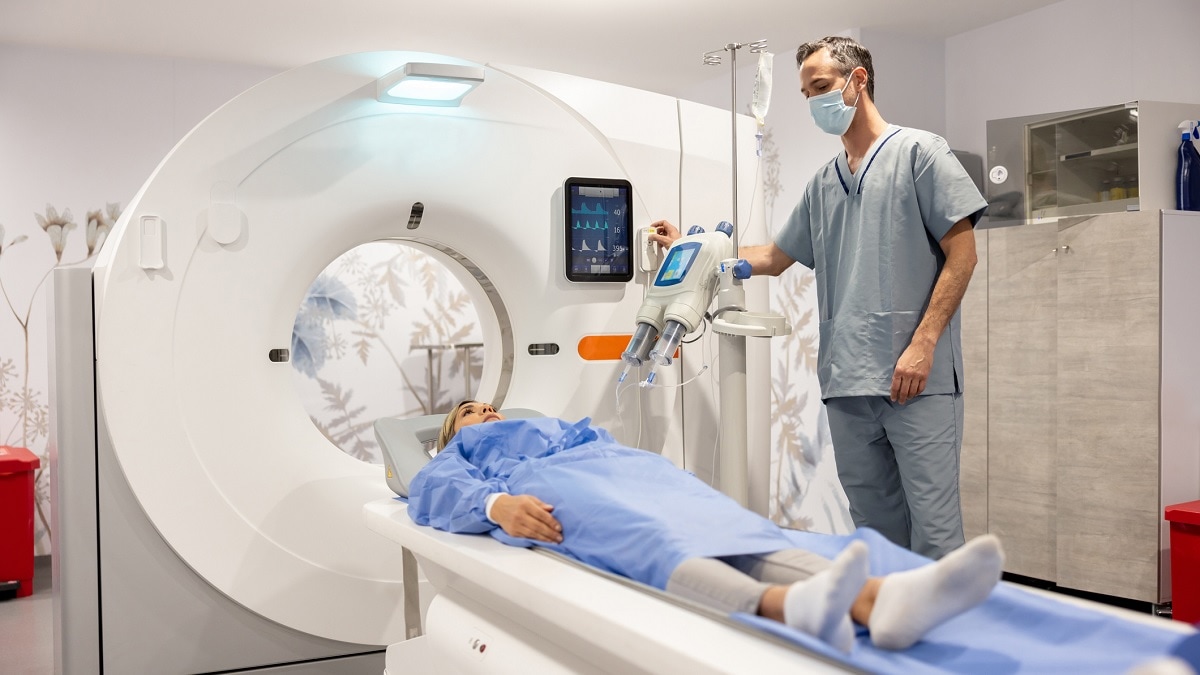Key points
- If a screening mammogram is abnormal, doctors use more tests to find or diagnose breast cancer.
- If breast cancer is diagnosed, other tests are done to find out if cancer cells have spread within the breast or to other parts of the body.
How breast cancer is diagnosed

If a screening mammogram is abnormal, doctors use more tests to find out if it is breast cancer. They may refer women to a breast specialist or a surgeon. This does not mean that she has cancer or that she needs surgery. These doctors are experts in diagnosing breast problems.
- Breast ultrasound. A machine that uses sound waves to make pictures, called sonograms, of areas inside the breast.
- Diagnostic mammogram. If you have a problem in your breast, such as lumps, or if an area of the breast looks abnormal on a screening mammogram, doctors may have you get a diagnostic mammogram. This is a more detailed X-ray of the breast.
- Breast magnetic resonance imaging (MRI). A kind of body scan that uses a magnet linked to a computer. The MRI scan will make detailed pictures of areas inside the breast.
- Biopsy. This is a test that removes tissue or fluid from the breast to be looked at under a microscope and do more testing. There are different kinds of biopsies (for example, fine-needle aspiration, core biopsy, or open biopsy).
Staging
If breast cancer is diagnosed, other tests are done to find out if cancer cells have spread within the breast or to other parts of the body. This process is called staging. Whether the cancer is only in the breast, is found in lymph nodes under your arm, or has spread outside the breast determines your stage of breast cancer. The type and stage of breast cancer tells doctors what kind of treatment you need. For more information, visit Stages of Breast Cancer.
